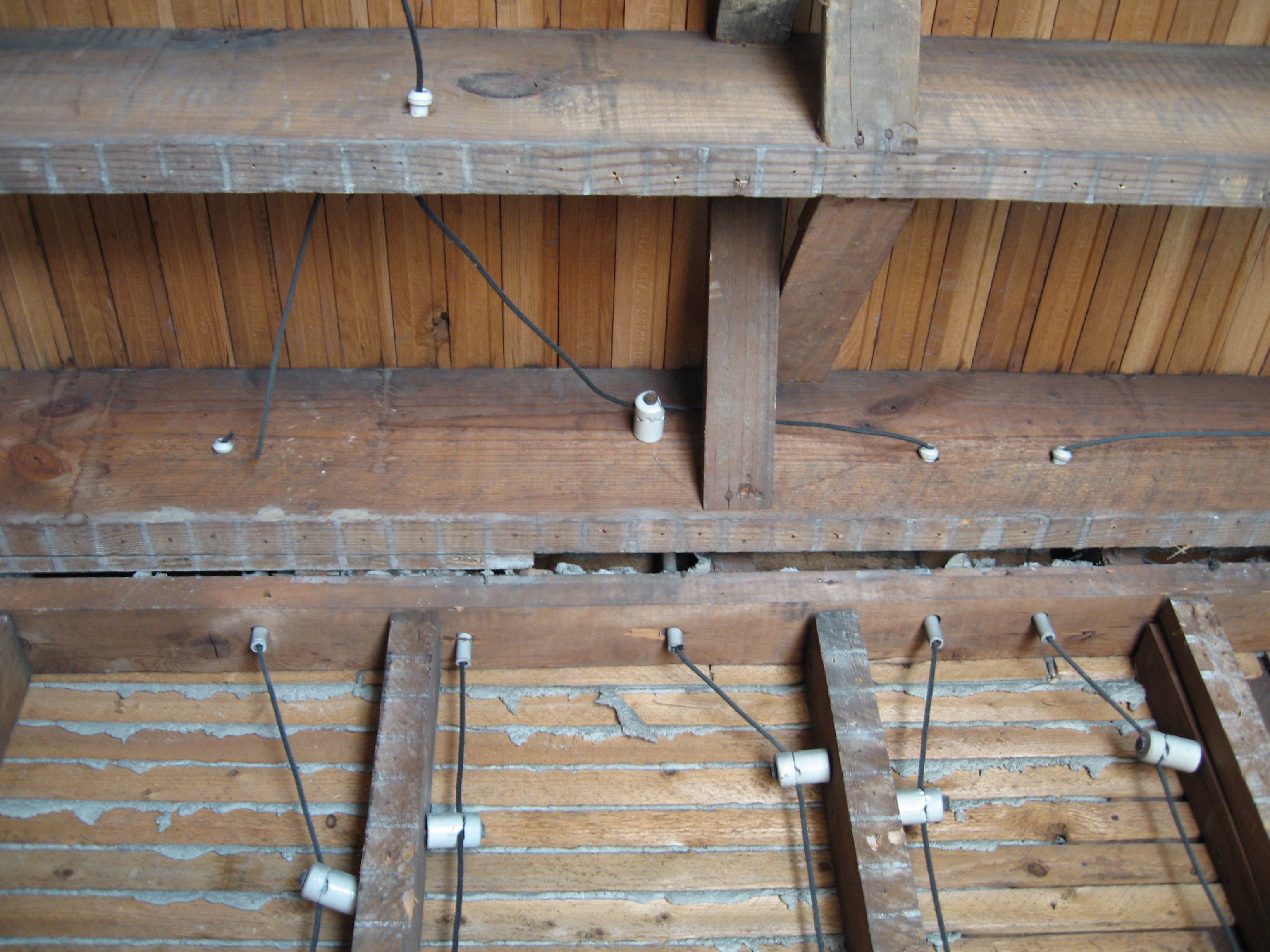Interesting read suggesting a whole dept whose job was to prevent fires at Notre Dame was incompetent
The Fire at Notre Dame: The Rest of the Story - AFERM - Association for Federal Enterprise Risk Management
But even as a new golden rooster, a national emblem of France, was placed atop the new spire last December, taking the place of the original that has been destroyed, investigators had still failed to pinpoint with certainty the fire’s cause. It was either
a smoldering cigarette, discarded by one of the workers involved in the renovation of the cathedral that was underway at the time, o
r possibly a short-circuit from a construction elevator.
While Notre Dame had an elaborate fire safety plan, the creator of that plan, and his successor,
had refused to revisit the decision not to equip the cathedral’s attic with fireproof partitions or an automatic sprinkler because of their singular focus on preserving the historical integrity of the “forest”, as the attic was called, in reference to the hundreds of oak trees harvested in the 12th and 13th centuries that made up the structure.
The creator of the plan also wrongly assumed that any fire igniting in the attic would burn slowly through the thick, dense timbers, allowing time for a fire to be confirmed and extinguished.
Since the fire and its aftermath, however,
new details have come to light about lax fire safety practices and unheeded warnings that further heightened an already high level of risk that a fire, were one to break out in the cathedral, would likely have devastating consequences.
In 2016, three years before the fire, and in the wake of the November 2015 terrorist attacks in Paris, researchers from France’s National Center for Scientific Research had been tasked with performing updated risk assessments of cultural sites, including Notre Dame. The evaluation of Notre Dame warned that the cathedral was vulnerable to fire, especially
in the attic where a concentration of centuries of dust could have an explosive effect if triggered by a short circuit of the electrical wires of the alarm system or by scaffolding used for renovation work. The researchers called out the roof in particular as susceptible to fire and said
it was essential that steps be taken to protect it by installing a sprinkler system.
For reasons unknown,
these recommendations went unheeded by the Regional Cultural Affairs Directorate (DRAC), the authority responsible for fire prevention at Notre Dame. While not allowing installation of a sprinkler system, however, the DRAC did allow clergy to install electric bells in the roof and the spire – actions that ran contrary to safety regulations.















